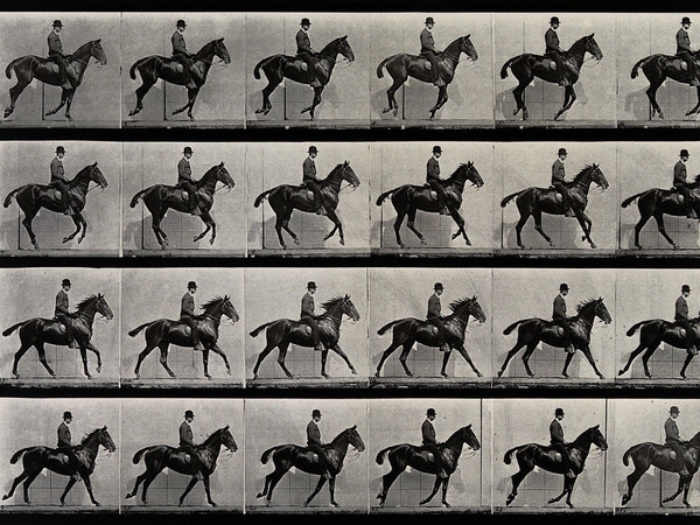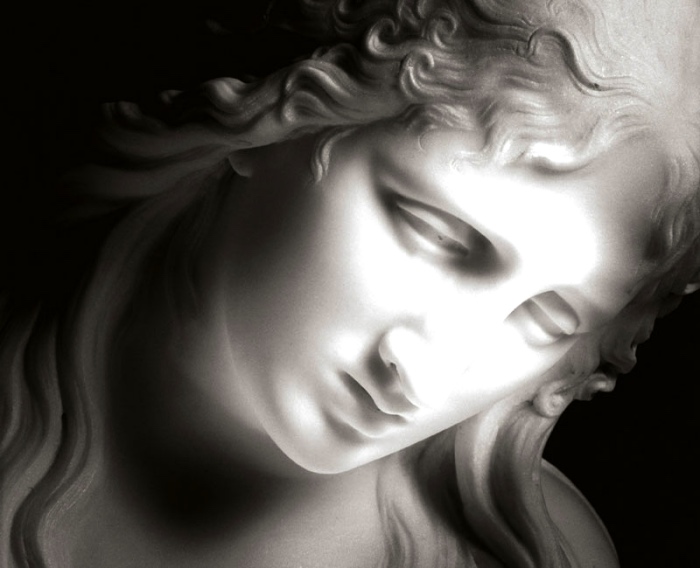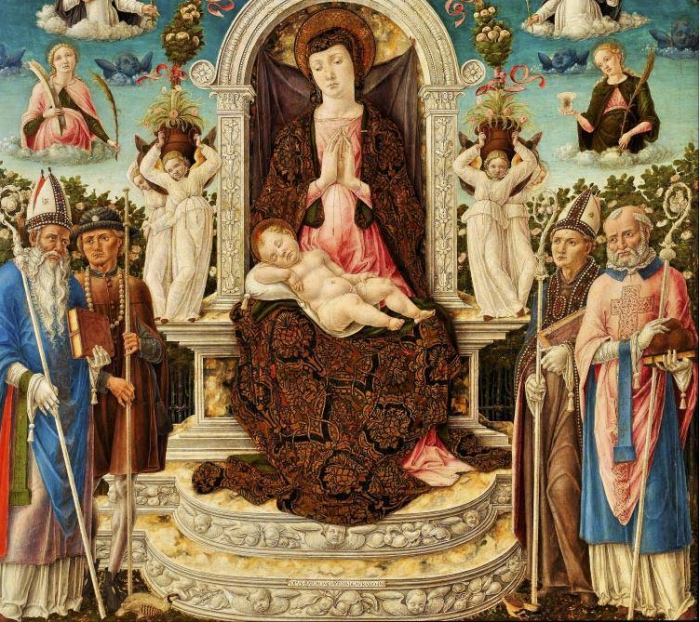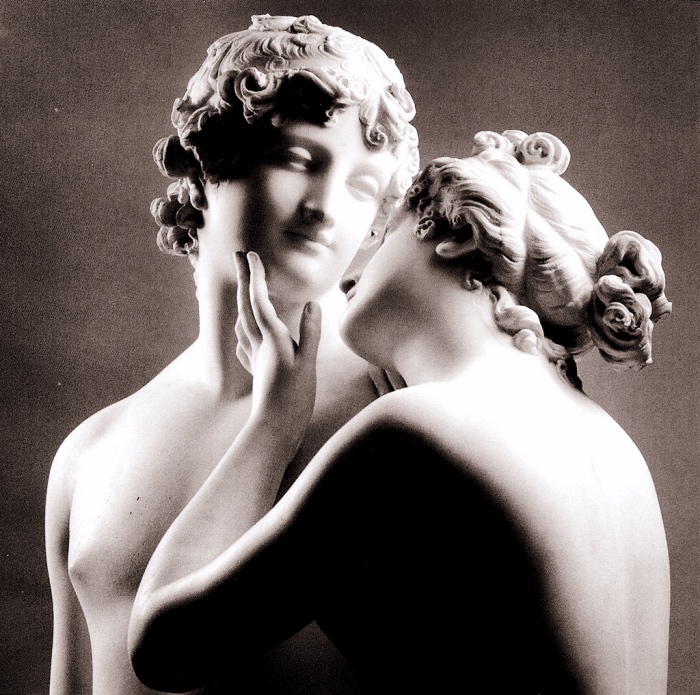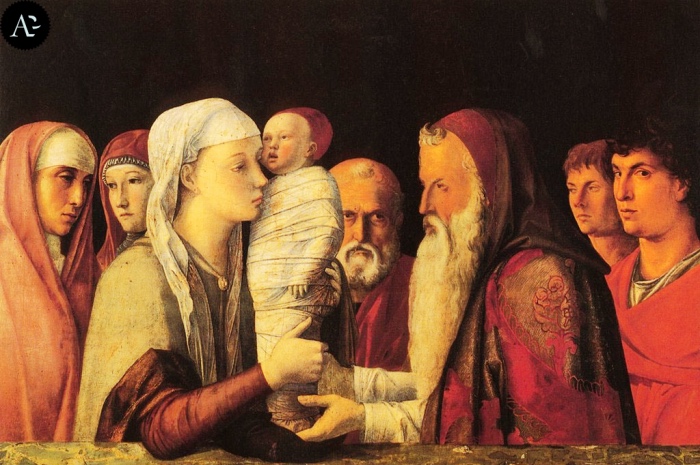
GIOVANNI BELLINI. LIFE AND WORKS
Giovanni Bellini. If you were born in a family of famous artists whose relationships with cultural world are intense, your creativity maybe would be inhibited otherwise stimulated in order to do more.
Giovanni Bellini was born and grew up in a family that concerning incentives there weren’t comparison.
From his father Jacopo to his brother Gentile, to his brother-in-law Andrea Mantegna, you can’t say that inspirations lacked in Giovanni’s life, and he tried to assimilate the best from them.
Giovanni Bellini’s artistic career was long and successful.
He constantly updated his style, and absorbed the novelties, but without reneging his point of reference, which was also his starting point: the Venetian painting.
In this post I will retrace the life and the works of Giovanni Bellini.


